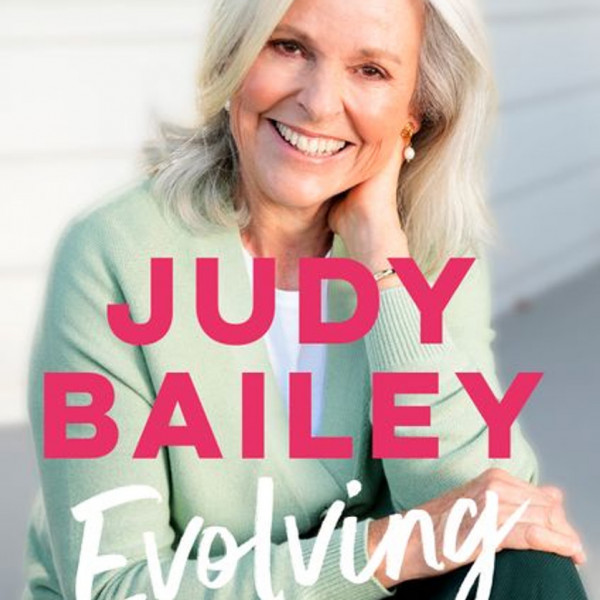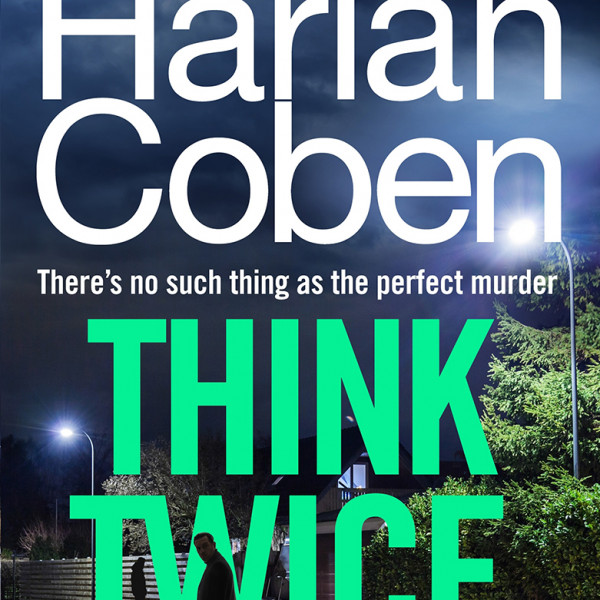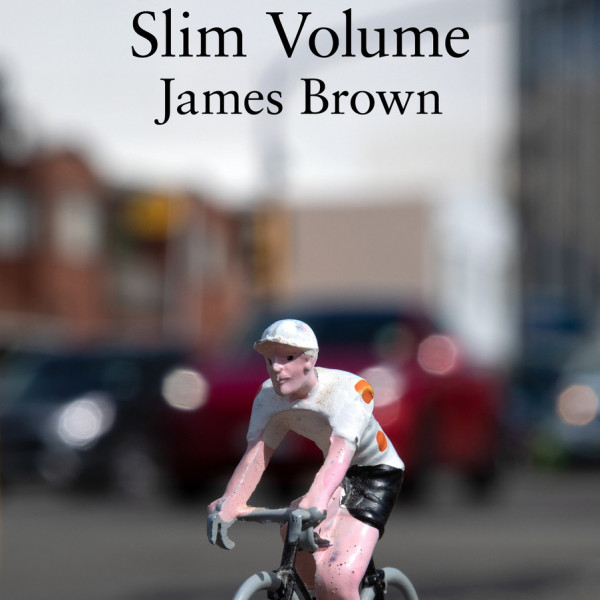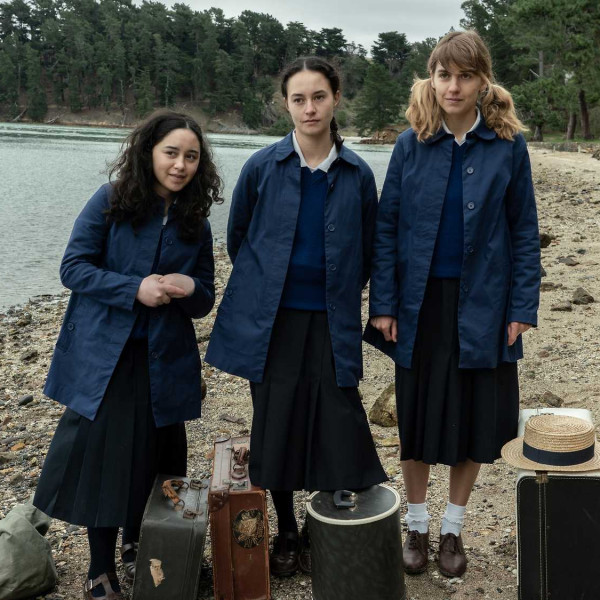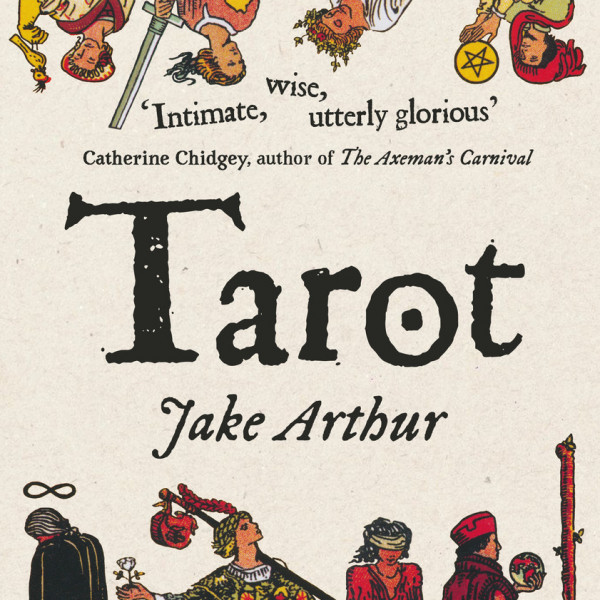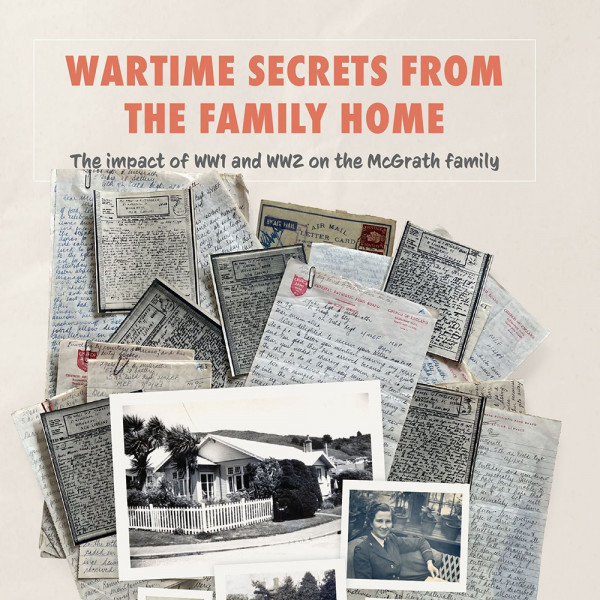
Wartime secrets from the family home
Written by: Tom McGrath
Writes Hill Press
Reviewed by: Kerry Lee
Often when writing about the wars of our past, we gloss over the minutiae of what was lost on a personal level and focus solely on how they inflicted us on a global scale.
So, it’s refreshing to discover that Wartime secrets from the family home: The impact of WWI and WWII on the McGrath family, which describes the writer’s own personal history, focuses on the sacrifices his family made during that time.
Author Tom McGrath starts by telling us about his grandfather Frank, who became a schoolteacher and then a headmaster first in England and then in New Zealand, all while training young students to become soldiers.
Years later, Frank’s son Hugh would enlist to defend New Zealand when war broke out in 1939. Hugh’s letters home and his observations about the conflict give us a glimpse into his mindset at the time, shedding light on what the common soldier might have been thinking about.
For me, the inclusion of this correspondence makes the people in this book more relatable. While I am fortunate to never have experienced a war myself, the McGrath family history allowed me to imagine how it might have been.
The book also sheds light on Hugh’s sister Joan, who served in the Royal Air Force (RAF) in England as a nurse during WWI, and even goes further back in time. Here, we discover that one ancestor of the McGrath family tree was married to the Admiral Lord Nelson of Trafalgar.
McGrath’s writing (helped by his father and grandfather) is an honest and open account of what happened during the worst decades of the 20th century. Far from being dry, which is the case in several books centered around this subject matter, Wartime secrets from the family home and its protagonists kept me invested.
Most history books only represent the cost of war – the loss of life – as numerical statistics. McGrath’s book gives those statistics a name, a face, that we can connect to.




